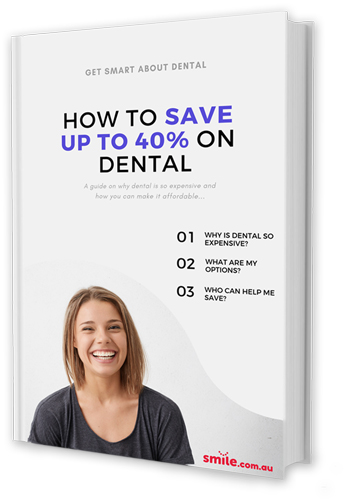Baby Bottles to Cups
Reviewed June 2024 by Our Content Experts
Choose Training Cups Carefully, Use them Temporarily
Tooth decay can occur as soon as a baby's teeth appear. One of the risk factors for early childhood caries (something called 'baby bottle tooth decay') is frequent and prolonged exposure of a baby's teeth to liquids containing sugar including milk, formula, and fruit juice.
Because decay can destroy the teeth of an infant or young child, parents should encourage their children to drink from a cup by their first birthday.
As you make the change from baby bottle to training cup, be very careful about:
- What kind of training cup you choose
- What goes into the cup
- How frequently your child sips from it
- Not allowing your child to carry the cup around
Selecting the Right Training Cup
The best training cup for your child is one with no valve. Stores offer a large and often confusing variety of training cups (also called 'sippy cups' or 'tippy cups'). Many if not most of these are 'no-spill' cups nothing more than baby bottles in disguise. 'No-spill' cups include a valve beneath the spout which does stop spills. However, cups with valves do not allow your child to sip. The only way your child can get liquid from a cup with a valve is by sucking (as from a baby bottle). This defeats the purpose as it prevents your child from learning to sip.
When shopping for a training cup, avoid those that have no-spill valves. A useful training cup will have a snap-on or screw-on lid with a spout. If you can find a cup with two handles, that may be best. A useful cup also may be self-righting, with a weighted base that pulls the cup upright when it tips, keeping spills to a minimum.
What and How Often Your Child Should Drink
Do not let your child constantly sip liquids containing sugar (including milk and juice drinks) because that encourages tooth decay. Offer these liquids only at mealtimes understanding that mealtimes for little ones may be more frequent than the standard three times a day for adults. (Saliva production increases during a meal and helps neutralize acid production and rinse food particles from the mouth.) If your child is thirsty between meals, offer water in the cup.
Do not let your child carry the training cup around or get into the habit of keeping it within reach while riding in a car or stroller. At-will, frequent sips of sugary liquids encourages tooth decay. Another problem is that toddlers often are unsteady on their feet. They take an unnecessary risk if they try to walk and drink at the same time. Falling while drinking from a cup can injure the mouth. Do not let your child walk or run around with a training cup.
A training cup should be used temporarily. Once your child has learned how to sip, the training cup has achieved its purpose. It can and should be set aside when no longer needed.

